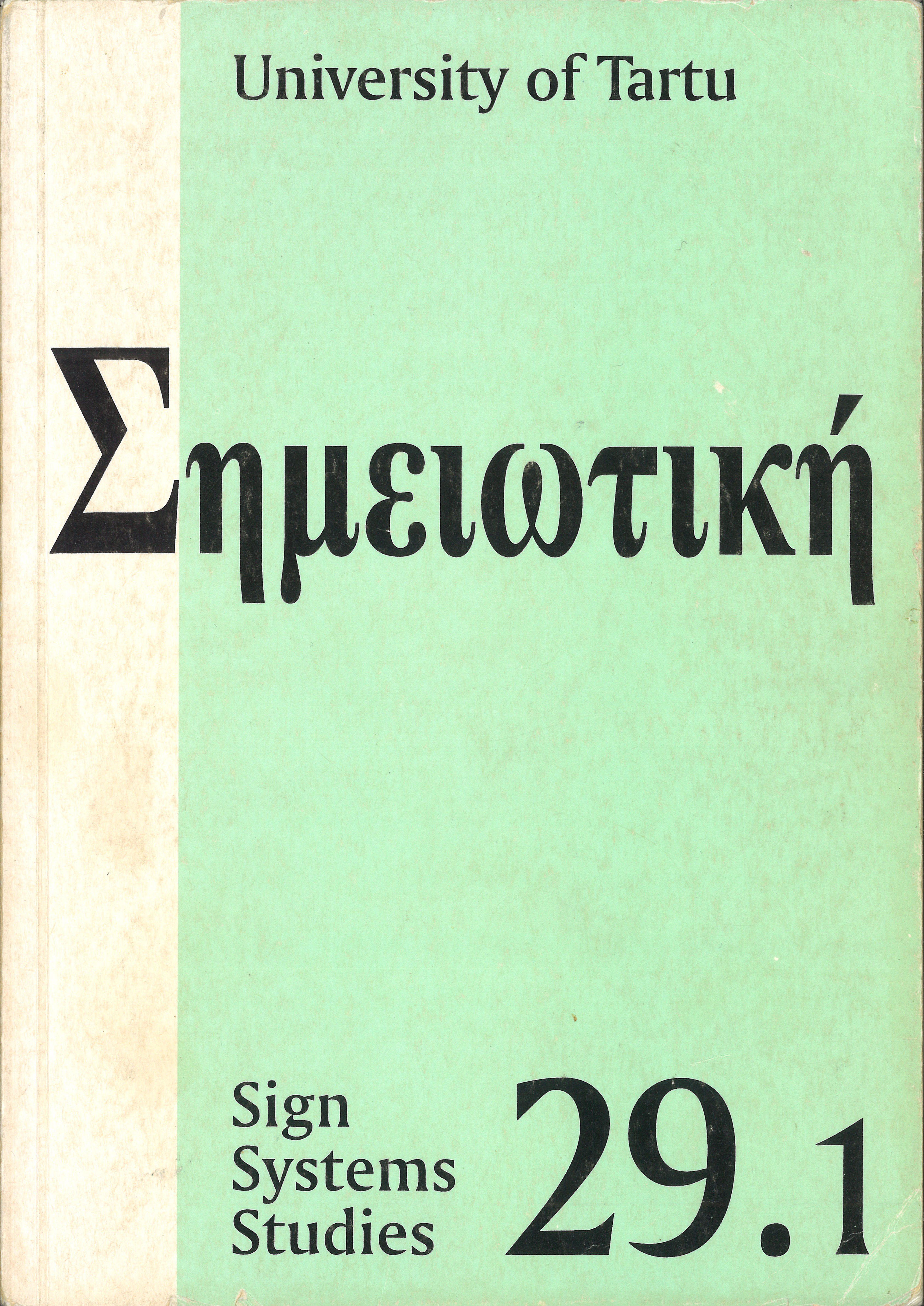Thinking with animals
DOI:
https://doi.org/10.12697/SSS.2001.29.1.13Abstract
A central claim of biosemiotics is the ascription of semiotic competence to nonhumans. For strange historical reasons, this claim has been quite controversial in much of standard biological discourse. An analysis of ethnographic material from Greenland demonstrates that people regard animals as nonhuman "persons". i.e., as sensing and thinking beings. Like humans. animals are supposed to have knowledge about their environment. Taking this semiotic competence as a fact beyond any doubt enables skilled hunters and fishermen to rely not only on their own interpretation of the environment. but also on the animals' interpretation of their environment The behaviour of fish, seals, and land animals, meditated by their acknowledged semiotic competence, can thus be interpreted as giving signs about the behaviour, e.g., of whales and icebergs. This a priori ascription of semiotic competence is also apparent in discussions about management and regulation of animals. Rather than discussing whether "the stock" is depleted, much of the discourse among fishermen and hunters focuses on whether animals can be semiotically disturbed by what people are doing.


